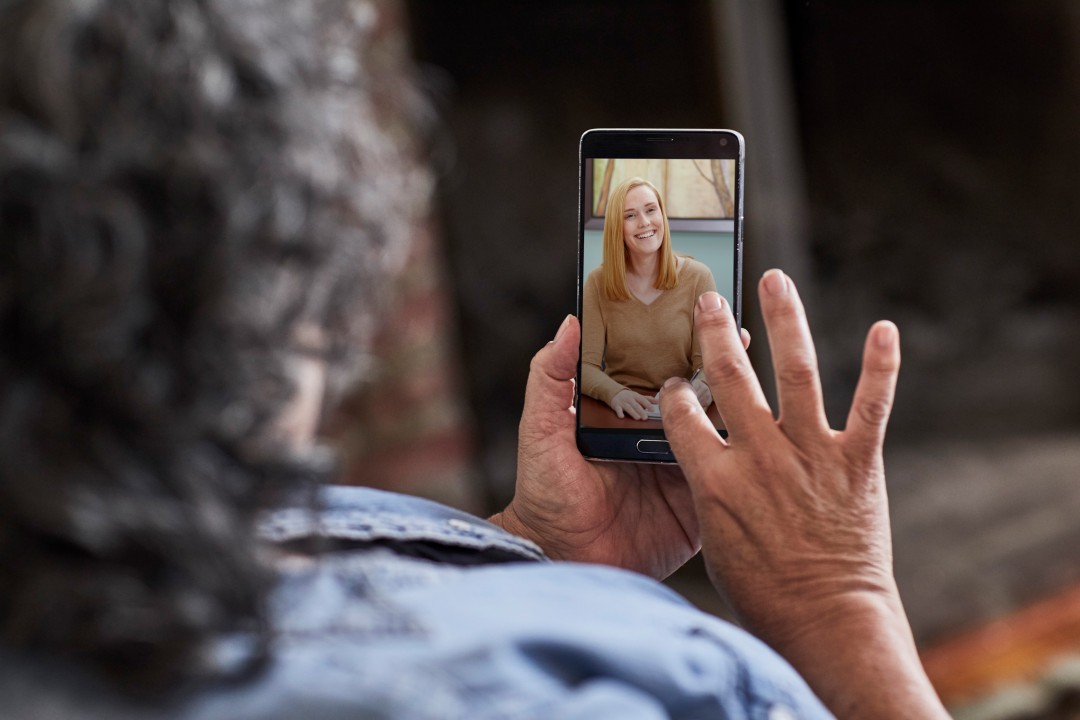Telehealth isn’t a new invention, but virtual connections with medical professionals increased significantly in March, April and May 2020 as COVID-19 initially spread in the United States. Telehealth’s growth was supported by changes to privacy regulations (to allow patients to use their own devices) and provider reimbursements (to be comparable to in-person visits and allow medical care across state lines).
Utilization of telehealth did not grow because of the pandemic; it grew because of the actions the health care industry took during the pandemic to respond people’s primary challenges with virtual care delivery. Research by the University of Michigan in 2019 found older adults (ages 50-80) had the following concerns about telehealth visits: health care providers would not be able to do a physical exam (71%); quality of care would not be as good as a face-to-face visit (68%); privacy (49%); not feeling personally connected to the health care professional (49%); difficulty using the technology (47%); and difficulty seeing or hearing the health care professional (39%).
However, COVID-19 influenced people’s perceptions of telehealth. Humana recently surveyed 1,200 seniors (ages 65+) regarding their digital preferences. More than 30 percent indicated that COVID-19 accelerated their willingness to use digital health. In fact, providers are starting to treat many non-COVID related issues like back pain and migraines via telehealth.
For instance, we had a member, Dorothy P., who has a history of emphysema. She needed a new inhaler, but didn’t want to go to the doctor’s office because she was afraid of contracting COVID-19. The answer for Dorothy was telehealth. Our care team mobilized and scheduled an appointment with her doctor. Over the phone, he was able to prescribe the inhaler she needed and she was excited to learn a new option for care.
We have a long ways to go in assisting seniors in feeling comfortable with the all the features of telehealth, and education and adoption go hand-in-hand. The Humana Foundation has invested in national nonprofit Older Adults Technology Services (OATS) since 2018. That relationship is expanding with a $3 million investment to get at least one million disconnected seniors online and address the concerns mentioned above, such as how to use the technology and ways to establish personal connections with doctors during virtual visits. OATS is one of multiple partnerships we’re pursuing to close the digital divides among generations and geographies.
As more seniors like Dorothy start to feel comfortable with smartphones and trust online services, telehealth is becoming an essential part of health care – one that can improve health outcomes through preventive measures and frequent check-ins. An additional benefit to telehealth is that nurse practitioners, dermatologists, social workers, and behavioral health specialists, in addition to doctors, can utilize these services. Having expanded access to providers means a greater ability to connect trusted care teams.
Telehealth is an excellent example of how we can learn and grow from our pandemic experiences for the betterment of our health.

